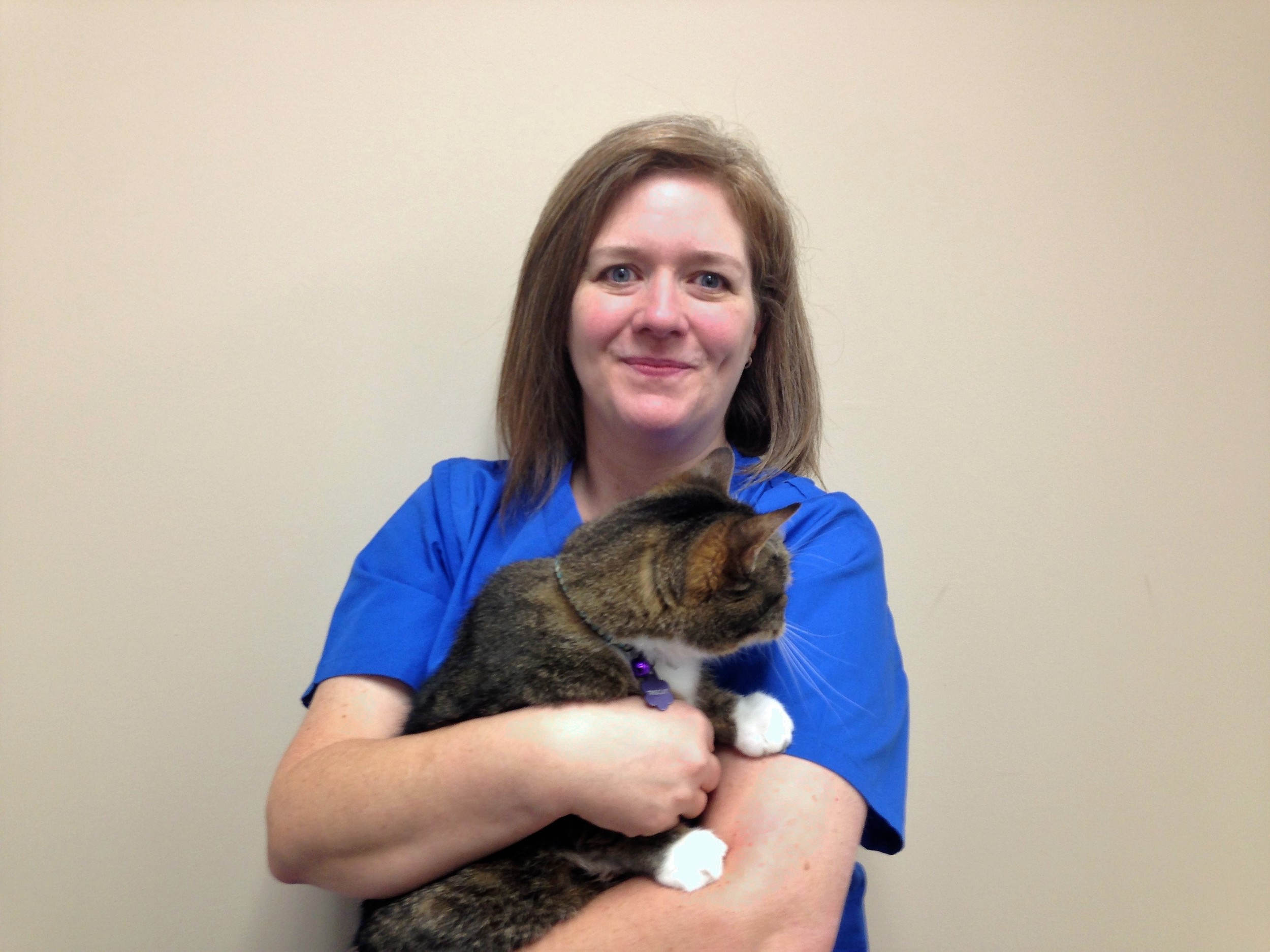Common plants that are toxic to cats and dogs
Sago palms, also known as King palms, are common plants found around homes throughout Northeast Florida.
Most people don’t know, however, that Sago palms are highly toxic to dogs, leading to liver failure or in extreme cases even death, if parts of the plants are eaten.
“Dogs that chew on these palms or ingest the seeds or nuts from a Sago may become extremely ill, and we unfortunately have to treat dogs for liver damage from time to time,” said Dr. Abigail Bertalan at Southeast Veterinary Oncology and Internal Medicine (SEVO-Med), which specializes in the treatment of serious internal diseases and provides cancer treatment for pets.
As a specialist in internal medicine for the clinic, Bertalan has treated several dogs after they ingested parts of the Sago palm – one as recently as last month.
“If your pet does eat the bark or seeds of a Sago palm, it's best to get to a veterinarian immediately,” she said. “The sooner the exposure is handled and treatment begins, the less risk of long-term complications and the better chance of survival.”
While Sago palms are extremely toxic to dogs, many flowers in the lily family – especially Easter lilies – are extremely poisonous to cats.
“Cats are more common lily-poisoning victims, but they are toxic to both,” said Dr. Krysta Deitz, a new internal medicine specialist at SEVO-Med’s Beaches clinic. “All lilies, which are extremely popular bouquet items, are toxic to animals to some degree…including tiger lilies, tulips and calla lilies, but Easter lilies are the most dangerous. Even a sniff of the pollen can be fatal to a kitten or cat.”
Deitz suggests that if you have a bouquet or lilies in the house and own an animal, make sure they’re placed in a location that can’t be reached by a pet. Other popular bouquet items that can be hazardous to animals include baby’s breath, bird of paradise, carnations, daffodils, dahlias, daisies,irises and peonies.
While not as life-threatening as the others, there are other plants both doctors say pet owners should avoid inside and outside the home. Popular garden items that are poisonous include azaleas, buttercups, chrysanthemums, gardenias, gladiolas, hibiscus, hyacinth, hydrangeas, mums, primroses, rhododendrons and sweet peas. Climbing plants like ivy and wisteria should be off limits to dogs. Even medicinal and recreational plants are unsafe for dogs and cats, including St. John’s Wort, aloe, tobacco and rhubarb plants.
“While the holidays are months away, mistletoe is also poisonous, and poinsettias can be extremely irritating to the mouth and stomach if ingested,” Deitz said. “Fortunately, the unpleasant taste keeps animals from eating a lot of the plant, but it’s best if you keep pets away from them.”
The doctors stress that pet owners should keep their favorite flowers where they can appreciate their beauty, but lock them away when they’re not at home and keep a close watch when pets are near them. Likewise, with outdoor plants, keep a close eye on pets when they are playing in the yard.
“It's not advisable to let pets out unsupervised, and you can’t watch them every second, but you can help keep your pet healthy by knowing which plants and trees are toxic in your area,” Bertalan said. “Just by being aware of the danger and by taking proper precautions, you can keep your favorite plants and pets safe.”
SEVO-Med has two locations in Northeast Florida – including its Beaches location at San Pablo Road and Beach Boulevard. A complete list of plants toxic to pets can be found at www.sevo-med.com under “Resources.”










